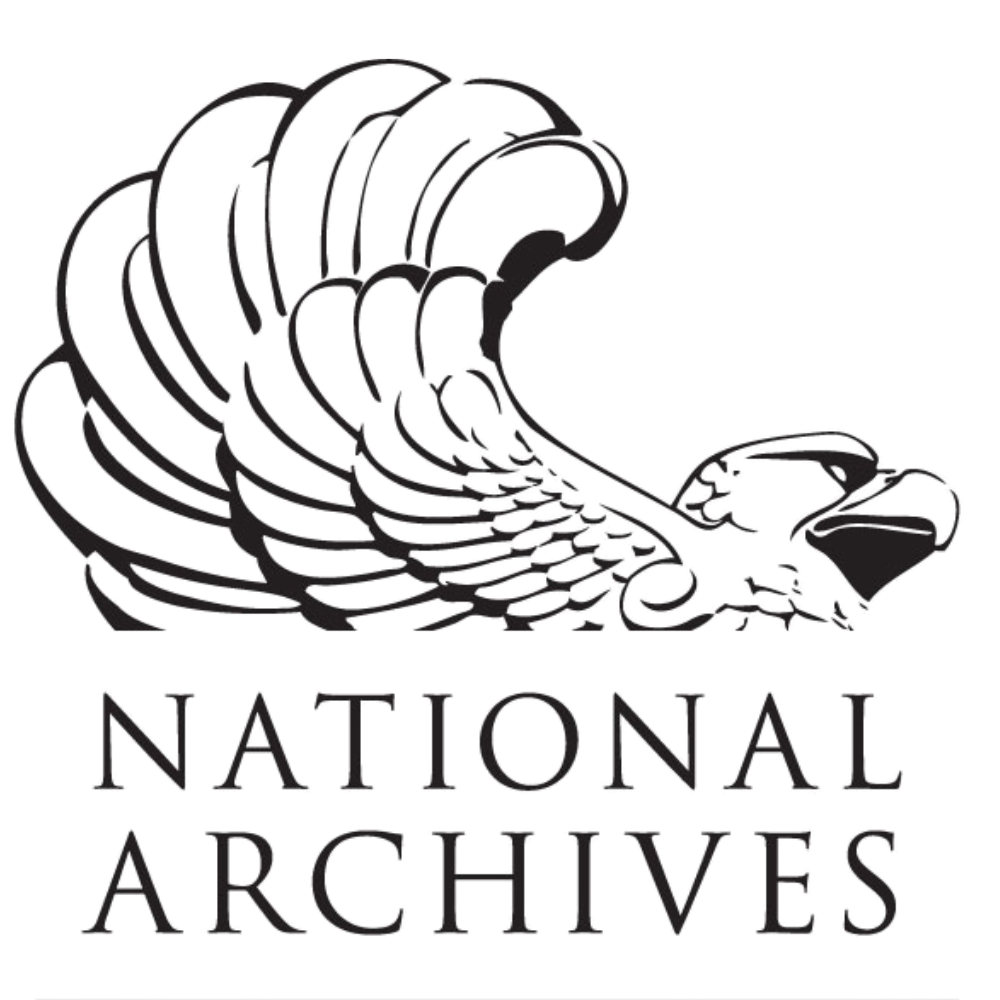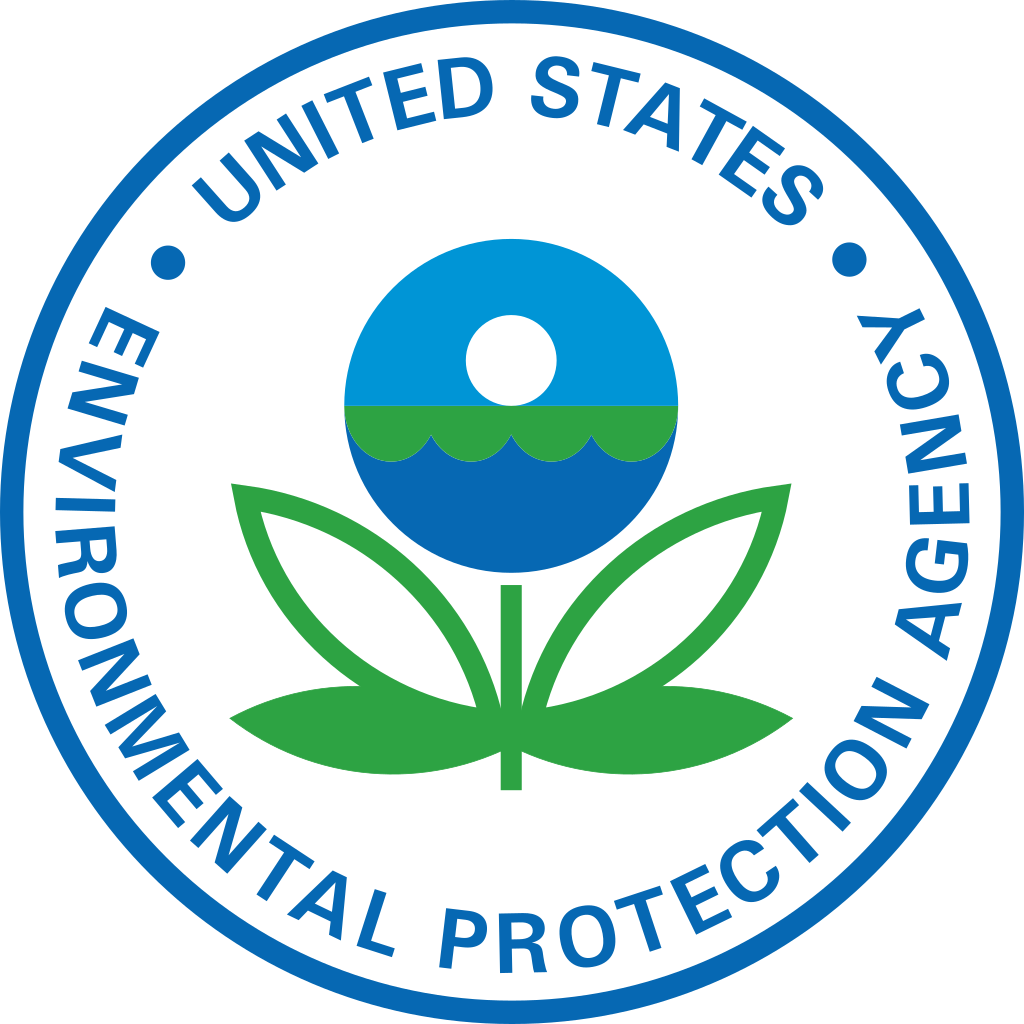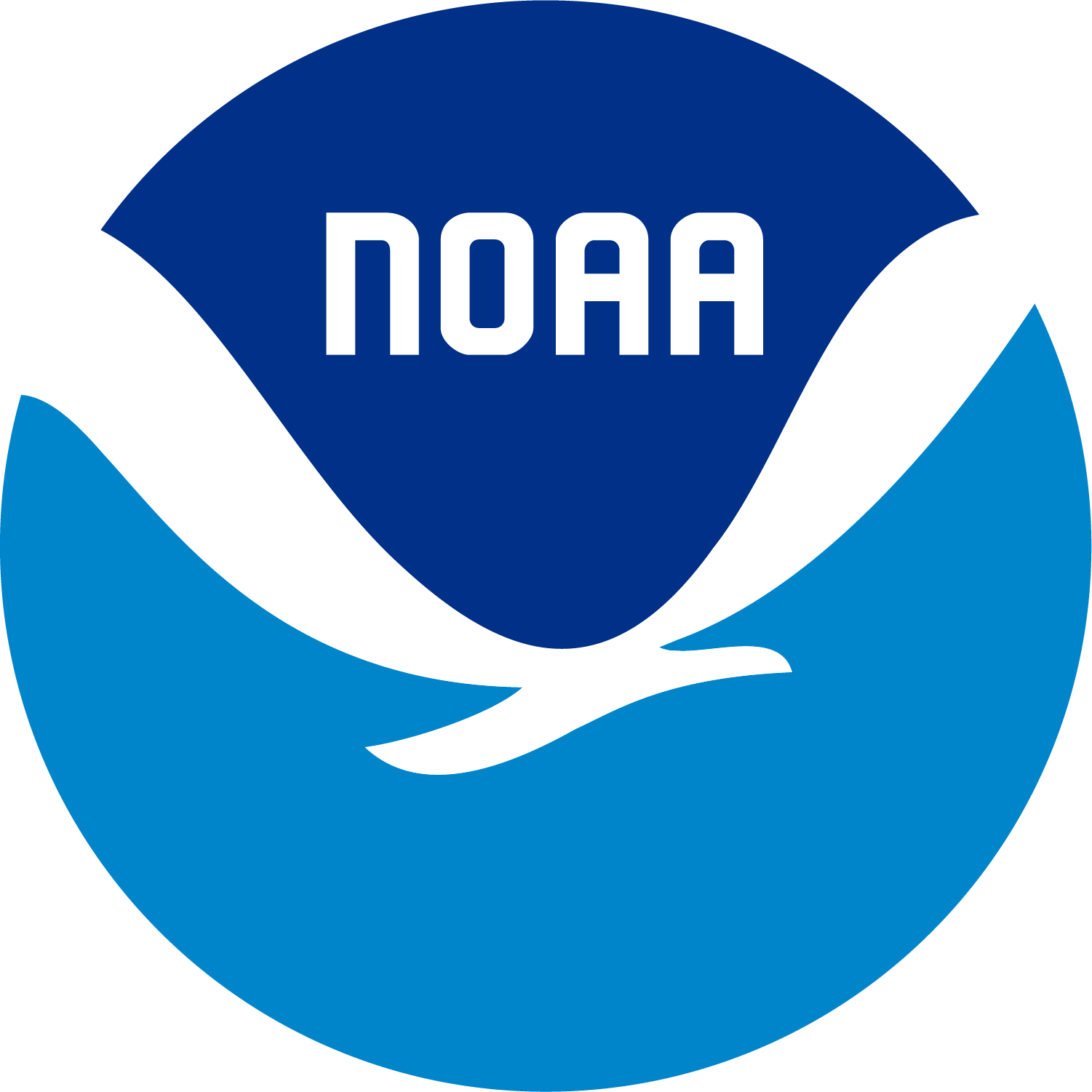INSTITUTIONS

National Park Service (NPS)
The U.S. government owns and manages approximately 640 million acres of public land, or about 28% of the nation's total land area. These lands include a vast range of landscapes and geological features that hold cultural, historical, and ecological importance. The National Park Service is the steward of one of the largest and most vital collections of cultural and historical resources in the United States. The National Park System contains 266 parks with fossil resources, 94 parks with 4,700 known caves, 59 parks with karst systems, 97 parks protecting 7,500 miles of shoreline, 25 parks with geothermal systems, 38 parks featuring volcanoes, and 37 parks with active glacial features. The agency cares for over 67,000 archeological sites, more than 27,000 historic structures, and approximately 123 million museum objects. In addition, the NPS holds nearly 2 million linear feet of archival materials and manages over 3,000 cultural landscapes. These holdings collectively represent an irreplaceable record of the nation's diverse cultural heritage and are entrusted to the public domain but increasingly face the threat of neglect, political interference, or erasure. The agency operates with an annual budget of approximately $3.6 billion and employs around 20,000 permanent, temporary, and seasonal staff, supported by more than 138,000 volunteers.

National Archives and Records Administration (NARA)
The National Archives and Records Administration (NARA) safeguards and preserves the records of the U.S. Government, ensuring that people can discover, use, and learn from this documentary heritage. NARA holds approximately 13 billion pages of textual records; 10 million maps, charts, and architectural and engineering drawings; 44 million still photographs and graphics; 40 million aerial photographs; 17,000 motion picture films; and 550,000 video and sound recordings. These include founding documents like the Declaration of Independence, Constitution, and Bill of Rights, as well as records that protect citizen rights, hold government officials accountable, and document the national experience of diverse communities throughout American history. NARA operates with an annual budget of $481.1 million and employs approximately 3,500 staff across its facilities nationwide.

Library of Congress (LOC)
The Library of Congress is the largest library in the world, with collections comprising more than 173 million items including over 39 million cataloged books and other print materials in 470 languages. Its vast holdings include more than 74 million manuscripts, the largest rare book collection in North America, and the world's largest collection of legal materials, films, maps, sheet music, and sound recordings. The Library serves as America's memory, preserving invaluable documents and artifacts central to the nation's history and cultural identity, from the papers of most U.S. presidents to iconic cultural works from diverse communities. The Library operates with an annual budget of $898 million and employs approximately 4,320 staff who manage its collections, research services, and public programs.

National Endowment for the Humanities (NEH)
The National Endowment for the Humanities is an independent federal agency established by Congress in 1965 to support excellence in the humanities and promote public access to cultural and historical knowledge. With a lean staff of about 160 federal employees, and leveraging the expertise of as many as 6,000 project-based volunteers and peer reviewers, the world's largest funder of humanities programs sustains our nation's ecosystem of cultural and historical preservation, education, research, arts, and public programming. Each year, the agency reviews over 11,000 applications and awards nearly $200 million in competitive grants to universities, museums, libraries, archives, historical societies, documentary filmmakers, historic landmark institutions, and public media producers. NEH funds projects that preserve fragile cultural materials, digitize historical records, develop humanities curricula, and support scholarly research in fields like literature, philosophy, history, and languages. It supports 56 state and territorial humanities councils that extend its reach to rural and underserved communities. NEH plays a vital role in safeguarding the intellectual and cultural foundations of American civic life and ensuring that diverse histories and traditions are told by and remain accessible to the public, educators, and future generations.

National Endowment for the Arts (NEA)
The National Endowment for the Arts is an independent federal agency established by Congress in 1965 to support artistic excellence, expand public access to the arts, and foster creativity across the United States. In fiscal year 2024, the NEA operated with a budget of $207 million, allocating approximately $98.82 million, or about 47.7 percent, to direct endowment grants. The agency maintains a lean structure with approximately 160 employees and administers a national network of expert peer reviewers. In 2024, the NEA awarded more than 2,000 competitive grants across programs including Grants for Arts Projects, Challenge America, Our Town, Research Grants in the Arts, Literature Fellowships, and National Heritage Fellowships. Its funding supports a wide range of disciplines such as dance, music, theater, literature, media arts, and visual arts, as well as creative placemaking and arts-based community development. The NEA also channels resources to 62 state and regional arts agencies, ensuring access to arts programming across all fifty states, territories, and rural and historically underserved communities. Through its comprehensive grantmaking, partnerships, and national leadership, the NEA sustains the infrastructure of American artistic life and promotes broad cultural participation across the country.

Institute of Museum and Library Services (IMLS)
The Institute of Museum and Library Services is the primary federal support system for the nation's libraries and museums. While not a collecting institution itself, IMLS provides critical funding and support that enables 123,000 libraries, 35,000 museums, and thousands of other cultural institutions across the country to preserve and provide access to cultural heritage materials. The agency gives fiscal support and technical assistance to archives, historical societies, science and technology centers, planetariums, nature centers, and zoos. Through its grant programs, IMLS helps safeguard millions of artifacts, documents, and digital resources that might otherwise be lost due to inadequate funding for preservation and access. The agency operates on an annual budget of $313.58 million, of which it awards upwards of $266 million to local institutions, and employs approximately 70 full-time staff who oversee its national grant-making and capacity-building programs.

Smithsonian Institution
The Smithsonian Institution, the world's largest museum and research complex, operates 21 museums, 14 education and research centers, and the National Zoo. The Institution's extensive holdings total 157 million artifacts, artworks, and specimens. The Smithsonian Libraries and Archives encompass around 3 million volumes, including rare books and manuscripts. The Zoo houses approximately 2,700 animals representing over 390 species across its two campuses in Washington, D.C., and Front Royal, Virginia. This vast collection of artifacts, artwork, specimens, literature, and wildlife fulfills the Smithsonian's charter to preserve and showcase the breadth of human history, art, and scientific discovery. Some of the most beloved Smithsonian museums under attack now include the National Museum of African American History and Culture, the National Museum of the American Indian, and the National Museum of American History. The Institution operates on an annual budget of more than $1.5 billion, with about 70% provided by federal appropriations, and employs approximately 6,400 staff, supported by nearly 7,000 volunteers.

Kennedy Center for the Performing Arts
The John F. Kennedy Center for the Performing Arts is the United States’ national cultural center and the largest performing arts complex in the country. Established by Congress in 1964 and located in Washington, D.C., the Kennedy Center serves as a living memorial to President John F. Kennedy and a premier institution for the presentation, education, and promotion of the performing arts. It produces and presents world-class programming across music, theater, dance, jazz, opera, and multimedia disciplines, and is home to key artistic affiliates including the National Symphony Orchestra, Washington National Opera, and the Suzanne Farrell Ballet. In 2024, the Kennedy Center hosted over 1,500 performances and activities, welcoming more than 2 million patrons and visitors from all over the world. Its arts education programs reached 2.1 million students, educators, and school administrators through more than 40 national initiatives. Digitally, the Center engaged over 14.2 million website visitors, garnered 115 million video views, and totaled 5.3 million hours of video content viewed on YouTube. Operating on an annual budget of $268 million, with approximately 17 percent provided through federal appropriations, the Kennedy Center employs around 902 federal staff members, along with federally assigned personnel for facility operations. As of the end of Fiscal Year 2023, the Center reported $632.6 million in total assets, underscoring its financial strength and sustained role as the nation’s cultural hub.

Environmental Protection Agency (EPA)
The U.S. Environmental Protection Agency is an independent federal agency established in 1970 to protect human health and the environment through science-based regulation, enforcement, and public engagement. With an $10 billion annual budget and a federal workforce of approximately 18,700 people, the EPA regulates air quality, water quality, hazardous waste, chemical safety, and climate resilience through landmark environmental laws such as the Clean Air and Clean Water Acts, and the Superfund program. The National Historic Preservation Act (NHPA) empowers the EPA to safeguard geological features and rare ecosystems central to Afro-descendant and Indigenous cultural lifeways by requiring federal agencies to consider the impact of their actions on these resources and by supporting state and tribal preservation efforts. The National Register of Historic Places maintained pursuant to the NHPA, currently includes over 95,000 individually listed properties collectively encompassing more than 1.5 million cultural resources such as buildings, sites, structures, objects, and local districts across the United States. These listings represent a broad spectrum of the nation's historical and cultural heritage. Each year, the EPA administers billions in grants and technical assistance to states, Tribes, and local governments, with a growing focus on environmental justice. Through efforts like the National Environmental Justice Advisory Council (NEJAC), Justice40, and EJScreen programs, the agency directs substantial grants and milestone enforcement actions in communities historically overburdened by pollution, such as Black, Indigenous, Pacific Islander, and Latiné communities.

National Oceanic and Atmospheric Administration (NOAA)
The National Oceanic and Atmospheric Administration (NOAA), established in 1970 under the U.S. Department of Commerce, is the nation’s lead federal agency for oceanic and atmospheric stewardship. NOAA monitors 7% of the earth’s surface and manages the U.S. Exclusive Economic Zone, which spans 3.4 million square nautical miles and is the largest in the world. With a $6.8 billion annual budget and over 12,000 federal employees, NOAA delivers critical services in weather forecasting, climate monitoring, fisheries management, and coastal restoration. It manages 18 national marine sanctuaries and 2 marine national monuments, protecting more than 629,000 square miles of ocean and Great Lakes waters, including coral reefs, deep-sea canyons, endangered species habitats, shipwrecks, Indigenous heritage sites, and other sacred coastal landscapes. NOAA oversees 30 estuarine reserves and supports coastal management in 34 states and territories, covering more than 95,000 miles of shoreline. It protects 460 fish stocks, 161 endangered species, and maintains one of the world’s largest environmental data archives. NOAA advances environmental justice by partnering with coastal Indigenous, Pacific Islander, and African-descendant communities to embed traditional knowledge and co-lead conservation in culturally significant marine sanctuaries.